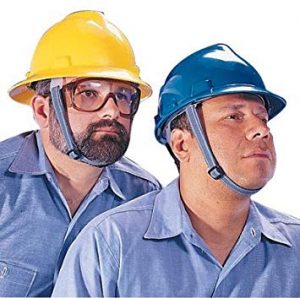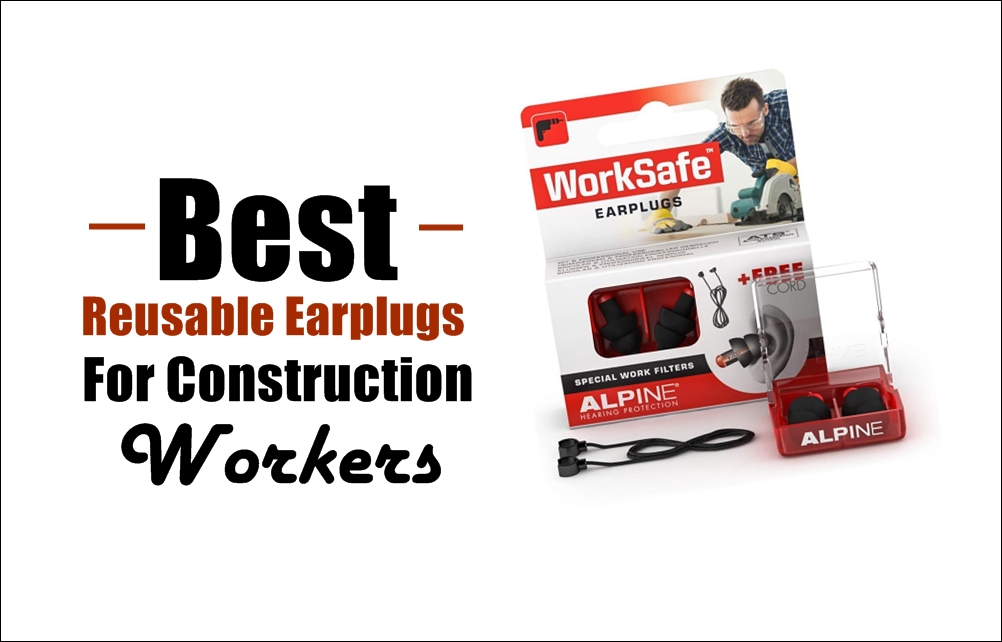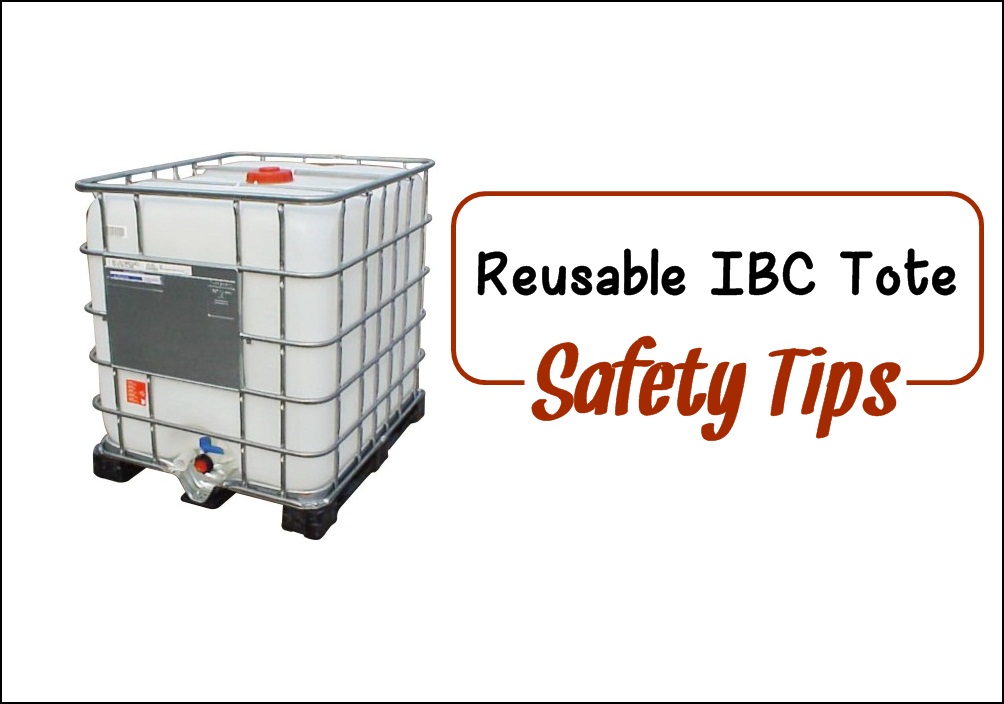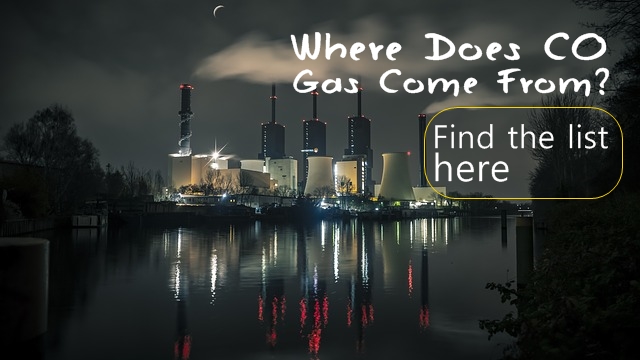Author: Hauzan
by Hauzan on November 26, 2020
I have never imagined that a product storage tank overflow incident would happen. And much amount of hazardous chemical contaminated to the environment.
This chemical overflow from a-500 ton storage tank incident happened in last 2014.
[Continue reading…]
Tagged as: storage tank calibration span, storage tank incident
by Hauzan on November 21, 2020
If you stick with power tools safety rules, you will be able to keep your safety while using them.
The rules do not create any hindrance nor slow down your jobs while you are using power tools.
[Continue reading…]
Tagged as: power tools safety tips
by Hauzan on November 15, 2020
Carbon monoxide poisoning symptoms will mainly depend on the carbon monoxide levels or concentration in the air.
The higher the levels, the worst the risks.
Besides the levels, the symptoms and the risks also depend on the exposure time.
[Continue reading…]
Tagged as: carbon monoxide levels OSHA, carbon monoxide ppm safe levels
by Hauzan on November 14, 2020
The fire extinguisher has an expiry date like the safety helmet. If the expiry date comes, then you must think about the fire extinguisher disposal.
Besides that, you will need to dispose of the extinguisher if it is already damaged due to any reason. Suppose it has been heavily corroded.
You must follow the applicable regulation in your area when dealing with fire extinguisher disposal.
[Continue reading…]
by Hauzan on November 12, 2020
Reusable earplugs for construction workers are the best hearing protection apparatuses against high noise levels.
As we already knew that a construction site has several activities that obtain high noise levels such as grinding, cutting, powered equipment operation, and gas purging.
[Continue reading…]
Tagged as: best reusable earplugs for construction
by Hauzan on November 7, 2020

Are you using MSA hard hats right now? If yes, it had better use chin straps for MSA hard hats, not other brands.
With the same brand – MSA – the hard hat and chin strap will be easily installed.
You can choose the MSA elastic Chin Strap. It can be used for any MSA hard hat model. Any type.
Why is MSA Elastic Chin Strap best? Here are the reasons:
- it is elastic
- it is a non-metallic chin strap. It can be used with dielectric headgear
- it is flexible construction and adjustable design for long term usage
- it is easy to install
- it is lightweight, only 22.7 g.
If you walk through amazon.com, you will find the chin straps for MSA hard hats easily. Check it here.
Why Are Chin Straps for MSA Hard Hats Important?
 Chin straps ensure hard hats or safety helmets stay in your head. It keeps a hard hat from falling down when you climbing up or change your head position.
Chin straps ensure hard hats or safety helmets stay in your head. It keeps a hard hat from falling down when you climbing up or change your head position.
You should check the chin strap regularly to make sure it is in good condition and still able to secure the hard hat on your head. Aging or damaged chin strap will lose its elasticity.
If this happens, replace it immediately with a new one.
Chinstrap helps the function of the headband to keep your hard hat works.
Don’t forget to have several chin straps as stock for immediate replacement.
Tagged as: chin strap for msa hard hat
by Hauzan on November 4, 2020

Fire accidents in industries are one of the major business risks. They can cause a business to stop in just a matter of hours or days. No matter how big or small the industries, the impact is the same.
Very huge.
Many companies have to prepare a big amount of money to pay a fire insurance premium to reduce this fire risk.
Besides that, a lot of firefighting facilities need to be prepared to prevent or protect the company from the risk.
And the good news is that you still have many chances to prevent fire accidents from happening, even though a small step.
Major Causes of Fire Accident
According to the NPFA, there are five major causes of fire accidents. You have to focus your efforts on these five major causes to prevent the fire from happening.
But, this does not mean that you can ignore other causes even they are small. You have to take care of every potential fire risk that may turn into a fire accident.
How to Prevent Fire Accidents
You should focus your effort on preventive actions. It means taking the necessary steps before a fire accident happens.
The following tips focus on how to prevent fire accidents in the industry:
- Develop employee awareness. If every employee in the company has a high level of awareness, your effort will be easier. So, make a program to improve employee’s awareness against fire accidents including the usage of safety slogans.
- Avoid hot work at the site. Prohibit hot work at the site is the best way to prevent fire. Eliminate this necessity by handover it to an outside location.
- Keep your workplace clean. Have a housekeeping plan and stick with it. This work is simple but effective to prevent fire.
- Use explosion-proof electrical equipment. All equipment installed in hazardous areas shall be explosion-proof type. This is very important in order not to generate a spark.
- Have a good training program. This includes fire safety training. Be consistent with the program to keep employees’ skills and abilities at a high level.
- Keep one supervisor at the site. State in the procedure that one supervisor shall stay at the site when a job is in progress.
- Eliminate the usage of flammable material. If it is not possible, substitute the flammable material with less flammable.
- Store flammable and combustible materials properly. Provide proper packaging (leaking-proof), safe storage area, and complete fire suppression system.
- Keep a minimum inventory of flammable and combustible materials as low as possible. Do not over your storage area with both kinds of materials since it increases the fire hazard level.
- Eliminate ignition sources. This relates to hot work control, electrical hazard control, and maintenance activity. Focus on those things
- Have a perfect maintenance program.
- Make sure the grounding system works well. Check the design and have a regular inspection of every grounding system’s ability. Replace immediately if you find damage grounding system.
- Avoid electrical overload. Sometimes, employees forget to control this hazard. Generally, it occurs when a large number of jobs are done at the same time such as in yearly plant maintenance where the usage of electrical-powered equipment rises significantly with the limited power source.
- Get a recommendation from fire safety specialists. Thanks to a fire safety audit by your fire insurance company. They will dispatch fire safety specialists and experts to assess your plant. So, the audit finding will be highly valuable. Or you can hire a fire specialist to inspect your plant if it is not enough.
- Perform fire safety patrol daily. The unsafe condition can be easily found through daily safety patrol. Engage all employees to do this activity every day.
- Avoid explosive atmosphere. Have you heard a combustible dust explosion at Powderpart Inc in last 2013? This is a kind of hazard that is associated with an explosive atmosphere. Housing keeping and clean up are keys to preventing such conditions.
- Prohibit smoking at the site. Some companies still allow their employees to smoke in the plant site by fixing a limited smoking area with maximum protection and control. But, total prohibition might be the best solution to prevent fire hazards.
- Dispose of waste properly. Be aware with ready to burn waste suppose used absorbent containing flammable liquid. Set up a proper way to dispose of it safely.
- Keep fire hydrant and a fire extinguisher in good condition and in place. When a small fire appears, put it out immediately with proper extinguishing media. So, always maintain a fire hydrant and a fire extinguisher in good condition and ready to use at any time.
[Continue reading…]
Tagged as: fire accident in industry, fire prevention
by Hauzan on November 4, 2020
Having selected the best deck design and deck contractor, the next step you have to do is to make your deck design into reality. It means that you have to start its construction.
There are several things that you have to prepare in order to make the deck construction can go smoothly. One of them is safety during the deck construction.
If you ignore safety in the stage of construction, perhaps you have to bury your dream to have a deck for your family. [Continue reading…]
Tagged as: deck construction safety
by Hauzan on October 29, 2020
Using reusable IBC tote is preferable since it is cost-effective for the chemical producers and also their consumers.
In addition, the usage of reusable IBC tote can reduce plastic waste compared with one-time IBC tote.
However, care should be taken that without proper handing, the usage of reusable IBC tote especially for hazardous chemicals like hydrogen peroxide, can potentially result in safety problems.
[Continue reading…]
Tagged as: reusable ibc tank
by Hauzan on October 22, 2020
Knowing the sources where carbon monoxide comes from is very vital.
When you know this information for sure, then you will be able to decide where to place a carbon monoxide detector to alarm you as soon as possible.
Principally, carbon monoxide is obtained from an incomplete combustion process of organic materials, including fuels.
[Continue reading…]
Tagged as: carbon monoxide sources, CO gas sources












